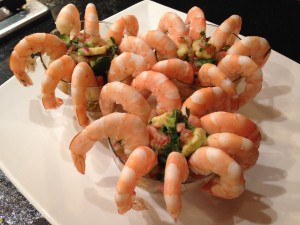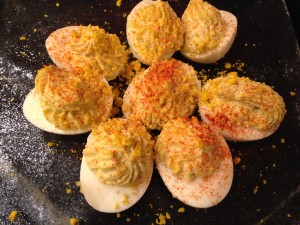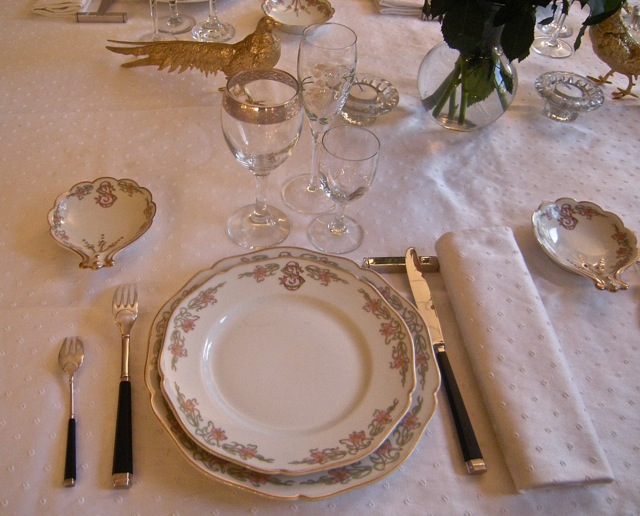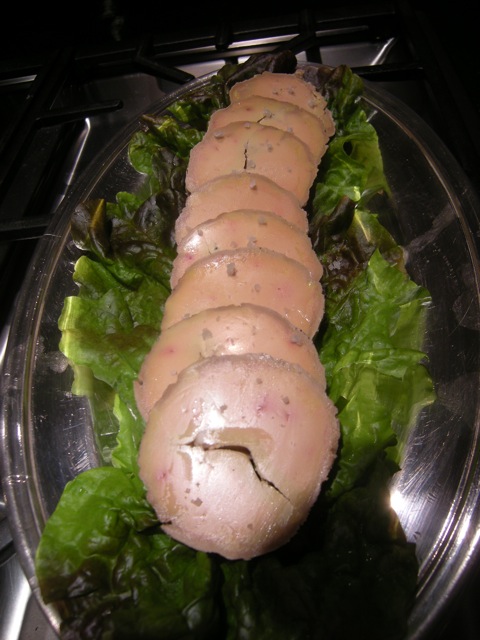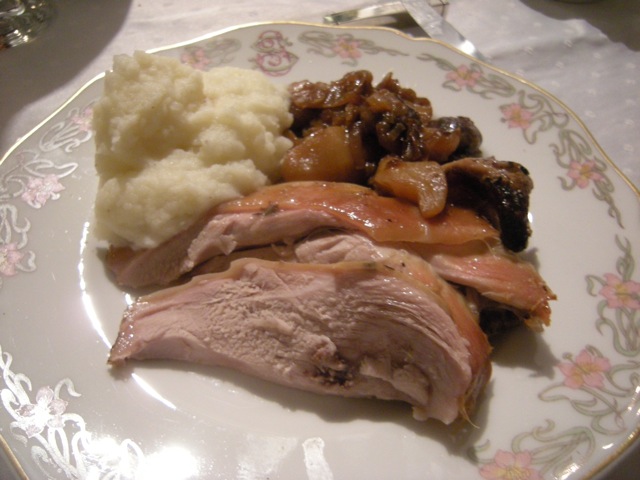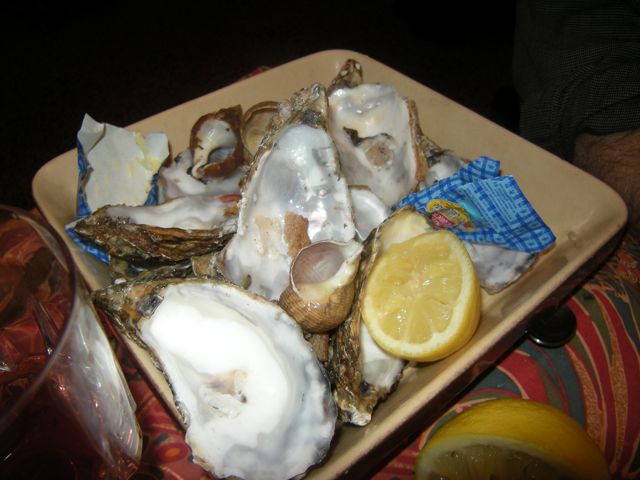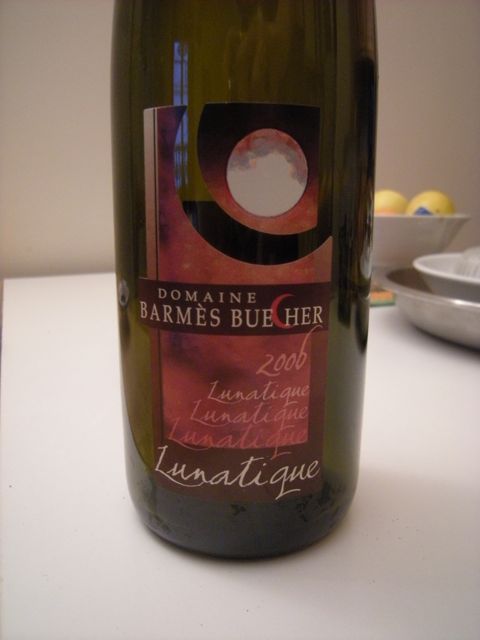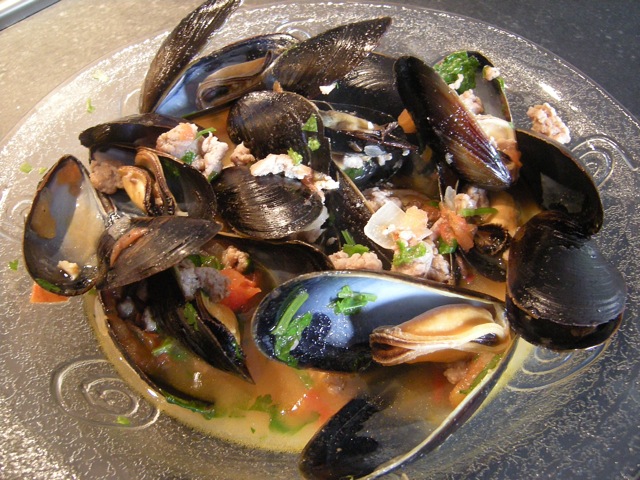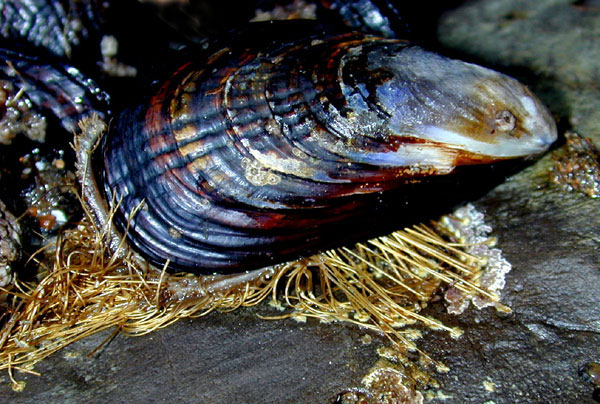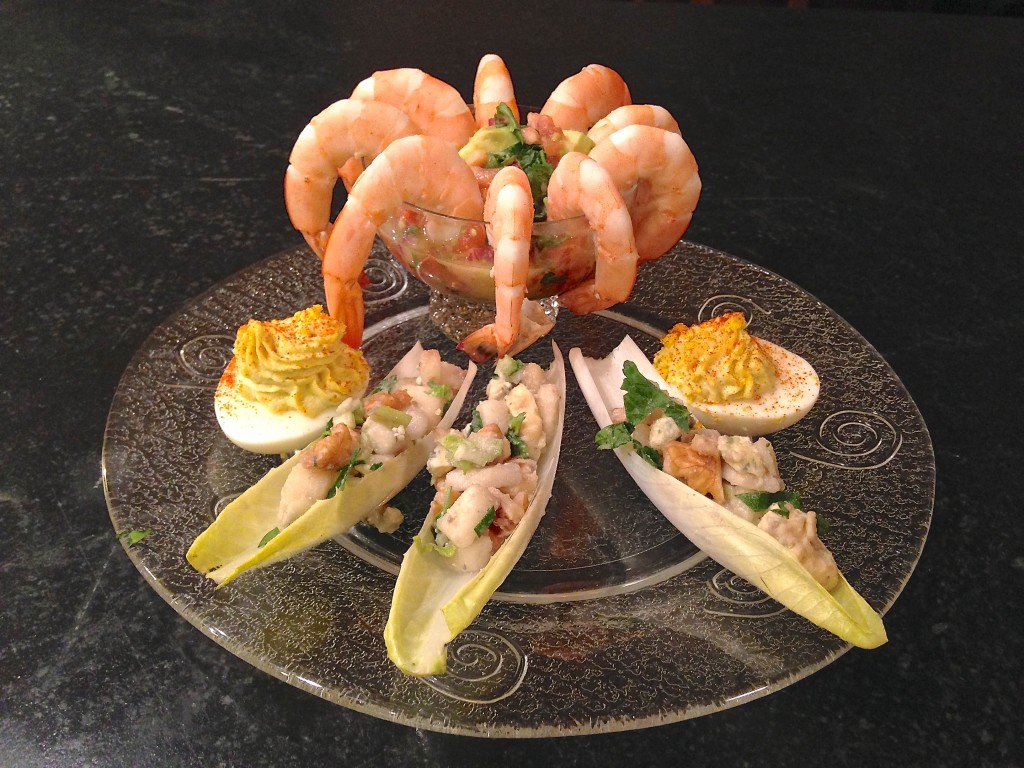 Série: Recettes pour Jean & Renée Peyrafitte —English below—
Série: Recettes pour Jean & Renée Peyrafitte —English below—
Un délicieux menu pour votre prochaine cocktail party —sans sucre, pauvre en glucides, un bon équilibre de protéines, de verdure, de cru et de cuit — Essayez pour les Oscars peut être! Aujourd’hui les deux premières recettes:
Cocktail de Crevettes avec Salsa de Tomate & Avocat
Oeufs Mimosa avec Tofunaise maison
Endives avec Poires, Stilton, Célerie et Noix
Patates douces rôties
Blancs de Poulet Marinés Grillés
Cheese Cake Crémeux et Confiture de Chia aux Baies
A delicious menu for your next party — no added sugar, low glycemic, a good balance of proteins, greens, raw & cooked food— Try it for the Oscars! Today two recipes:
Shrimp Cocktail w/ Avocado Salsa
Deviled Eggs w/ Home made Tofunaise
Belgian Endive w/ Pears, Stilton, Celery, Walnuts Baked
Japanese Yam Fries
Grilles Marinated Chicken Tenders
Creamy Nut Crusted Cheese Cake w/Berries Chia seeds Jam
Cocktail de Crevettes avec Salsa Tomate & Avocat -Cuire 500 gr (pour 3/4 personnes) de crevettes non pelées dans un court bouillon. Pour le court bouillon faire frémir l’eau avec de l’oignon, du citron, du sel de céleri, une feuille de laurier, du thym, du persil…etc, après 5 minutes de cuisson égoutter et les laisser refroidir. -Salsa: 1 grosse tomate, 1 avocat— bien mûrs, 1/2 oignon doux, coupés en petits dés. 1 bonne poignée de coriandre fraîche ou de persil haché, 1 jus de citron vert, 1 ou 2 cuillères à soupe d’huile d’olive vierge, quelques gouttes de sauce piquante, sel et poivre.
Shrimp Cocktail w/ Avocado Salsa (3/4 people) 1 lb of unpeeled medium size raw shrimp. Cook them 5 minutes in a court bouillon. For a quick court bouillon add onion, lemon, OldBay-seasoning , bay leaf, thyme, parsley … etc to water. Bring it all to a gentle boil & cook shrimp no more that 5 minutes. Then drain and let cool. Salsa: 1 large tomato, 1/2 sweet onion, 1 avocado, diced. 1 bunch of coriander or parsley; juice of 1 lime, 1 to 3 spoon full of virgin olive oil, hot sauce, salt & pepper.
Oeufs Mimosa avec Tofunaise maison
Cuire les oeufs dur. Les laisser refroidir. Pendant ce temps préparer la “Tofunnaise”, qui n’est qu’autre qu’une mayonnaise au tofu mais plus digeste, moins grasse et — je vous le garantis! — meilleure que n’importe quelle mayonnaise achetée.
-1 livre de tofu soyeux, 2 gousses d’ail, un peu d’huile d’olive, sel, piment d’Espelette, mettre le tout dans le mixer. Peler les oeufs. Ecraser les jaunes et en garder une cuillère à soupe pour décorer. Mélanger les jaunes écrasés à la tofunnaise et remplir les oeufs avec une cuillère ou avec une poche à douille. Décorer avec jaune et paprika.
Deviled Eggs w/ Home made Tofunaise
Cook hard boiled eggs. Cool. Meanwhile prepare the Tofunnaise. This tofu mayonnaise is more digestible, less oily and will taste better than any store bought mayonnaise.
-1 lb silk tofu, 2 cloves of garlic, a little olive oil, salt, Melinda hot sauce — into the blender & mix thoroughly. Peel the eggs. Mash the yolks and keep a tablespoon for garnish. Mix the mashed egg yolks with the tofunnaise and fill the eggs with a spoon or a pastry bag. Garnish with paprika and the saved yolk.


